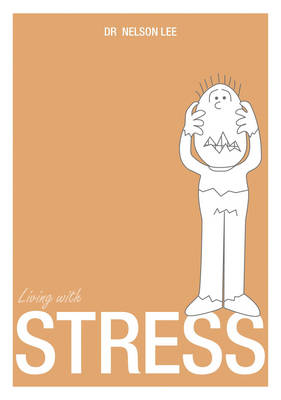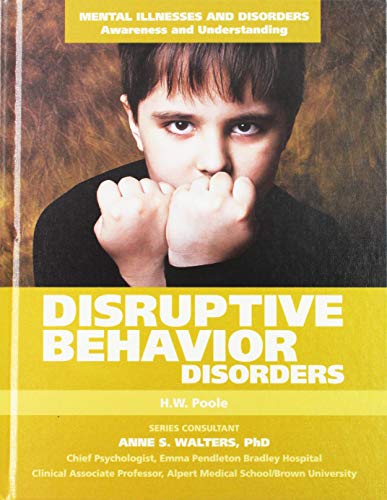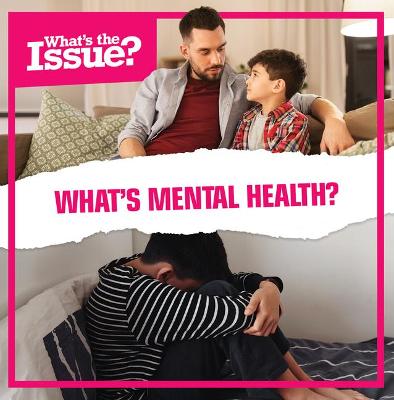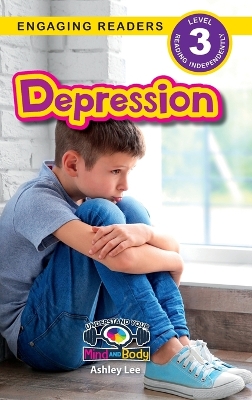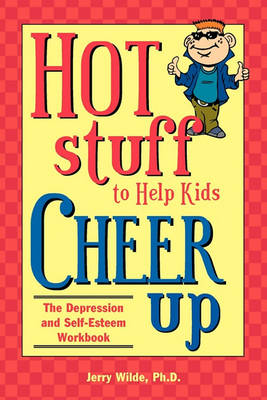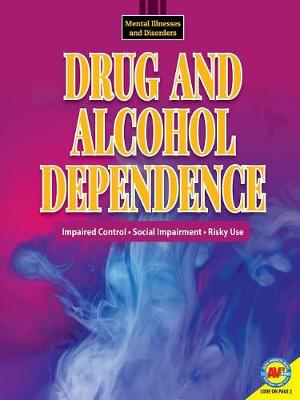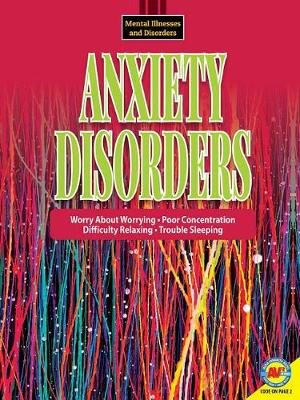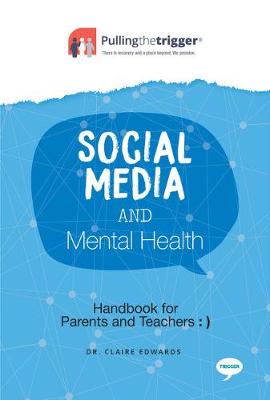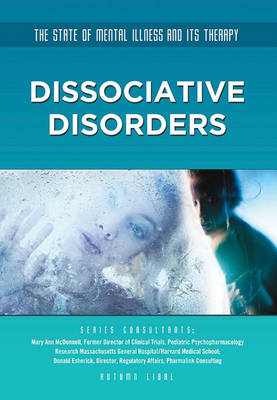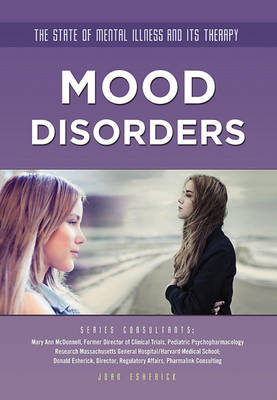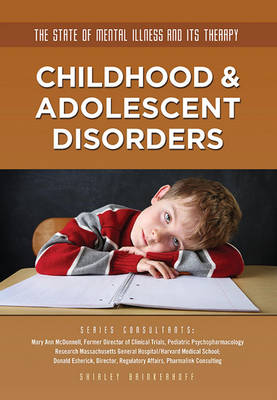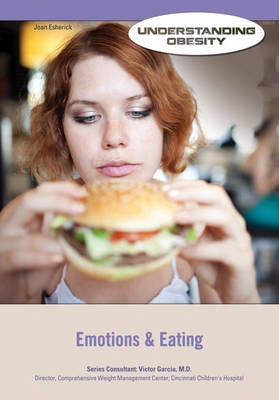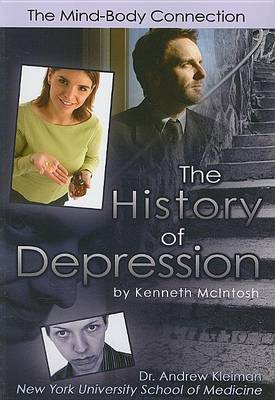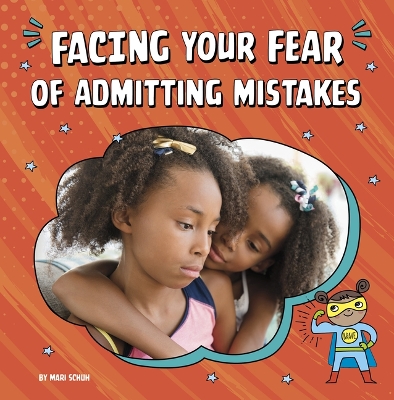What causes stress in a child? Can stress impair hisability to function and develop normally?
Disruptive Behavior Disorders (Mental Illnesses and Disorders: Awareness and Understanding)
by H.W. Poole
In 1967, after a session with a psychiatrist she'd never seen before, eighteen-year-old Susanna Kaysen was put in a taxi and sent to McLean Hospital. She spent most of the next two years in the ward for teenage girls in a psychiatric hospital as renowned for its famous clientele—Sylvia Plath, Robert Lowell, James Taylor, and Ray Charles—as for its progressive methods of treating those who could afford its sanctuary. Kaysen's memoir encompasses horror and razor-edged perception while providing v...
Drug and Alcohol Dependence (Mental Illnesses and Disorders: Awareness and Understanding)
by H.W. Poole
Schizophrenia (Mental Illnesses and Disorders: Awareness and Understanding)
by H.W. Poole
Anxiety Disorders (Mental Illnesses and Disorders: Awareness and Understanding)
by H.W. Poole
Social Media and Mental Health (Pulling the Trigger) (Social Media and Mental Health)
by Claire Edwards
Social Media and Mental Health: Handbook for Parents and Teachers will help you navigate the tricky waters surrounding your child’s use of the internet. Written by a clinical psychologist experienced in the field of adolescent mental health, it will highlight the challenges of parenting in the digital age, and offer tips and advice on how to keep your children safe online. Most importantly, this quick and easy illustrated guide explores the impact of social media on children's mental health, p...
This is not your average activity book because it's not only heaps of fun but it will also teach you some amazing life skills to help you take control of your worries Worries come in all shapes and sizes and can creep up on us when we least expect them. They are like little clouds that float above our heads that seem at once menacing and threatening, stopping us from doing the things we really want and spoiling our fun. The Worry Workbook is here to help by explaining what worry is, offering cr...
Understanding Suicide (21st Century Skills Library: Upfront Health)
by Matt Chandler
This older edition offers Carol Gray's original 'Social Stories', explaining what to do in everyday situations that spectrum children may find confusing. These simple stories help them understand particular situations, what a child might do in that situation, and what the outcome might be.
Dissociative Disorders (The State of Mental Illness and Its Ther)
by Autumn Libal
Janet's brain felt foggy and numb. She imagined herself kneeling on a great frozen lake, and she pressed her face against the ice, trying to see through the cloudy surface to the open water below. In fact, she didn't feel any physical sensation at all, just an internal panic. Janet didn't understand these feelings. She just knew that in her frightening daydreams, she was lost above the ice and the knowledge that could save her was trapped in the dark water below. Soon, Janet was forgetting thing...
Mood Disorders (The State of Mental Illness and Its Ther) (The State of Mental Illness And Its Treatment)
by Joan Esherick
Everyone experiences the "blues" now and then as well as times of joy and self-confidence. Most people even experience mood swings—times when they move quickly from feelings like joy to opposite feelings like sorrow. But what happens when normal moods become so extreme that a person can't think, feel, or act appropriately? What if a person is so "up" he does foolish, even dangerous, things? What if he's so "down" he can barely get out of bed? The U.S. Surgeon General reports that, at any one tim...
Childhood & Adolescent Disorders (The State of Mental Illness and Its Ther) (The State of Mental Illness And Its Treatment)
by Shirley Brinkerhoff
Mental disorders can affect people of all ages and backgrounds. But specific mental disorders may be more likely to affect certain groups of people than other groups. For example, some mental disorders, like attention deficit hyperactivity disorder, are more common in children and adolescents than in adults. Dealing with the issues that surround mental disorders can be difficult for anyone. However, young people who must balance a mental disorder with other stresses, like schoolwork, extra-curri...
We all need to eat. Food is a basic life necessity, but it can mean so much more to us than merely taking in enough food to keep hunger at bay. We eat when we're sad, happy, bored, lonely, excited, and for many other reasons. Many people have complicated relationships with food and their emotions. For many of us, eating is a way to escape painful feelings. For others, no good feeling can go without a celebratory meal—and maybe even some overeating. But all this emotional eating can lead to serio...
Facing Your Fear of Admitting Mistakes (Facing Your Fears)
by Mari Schuh
